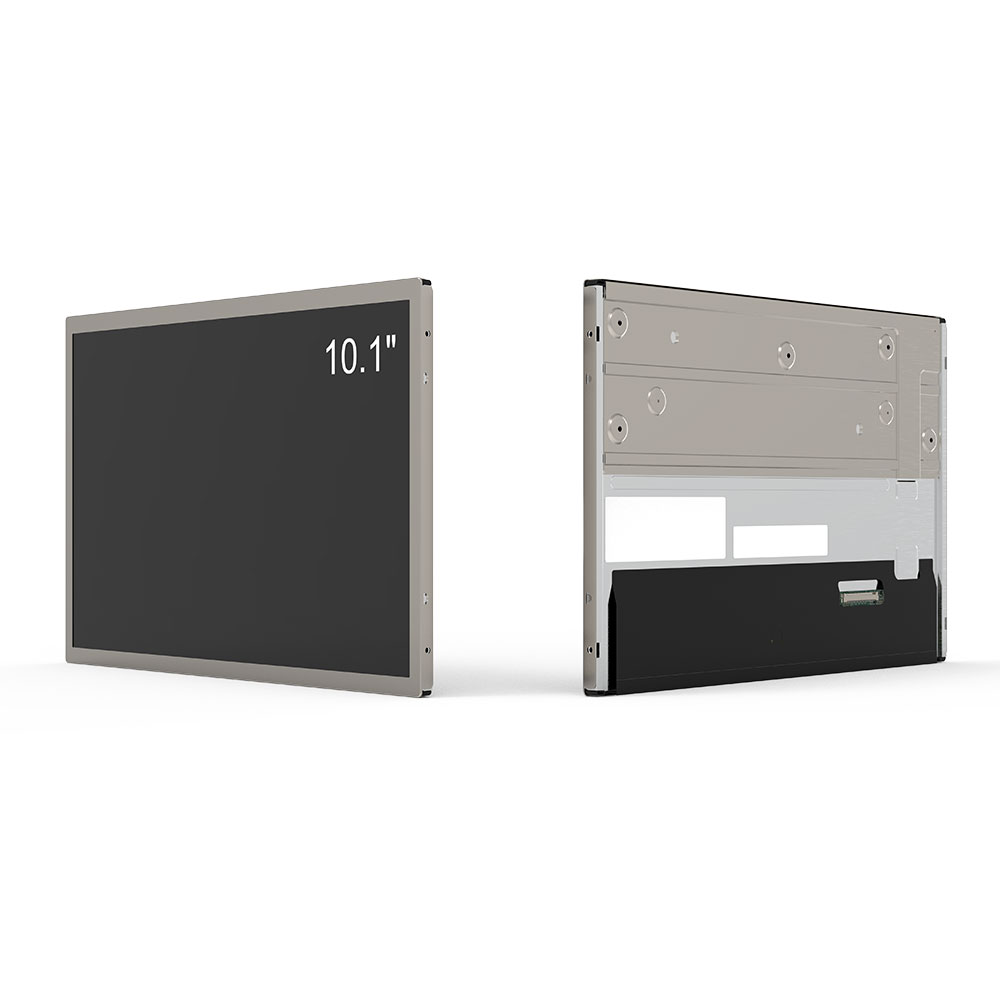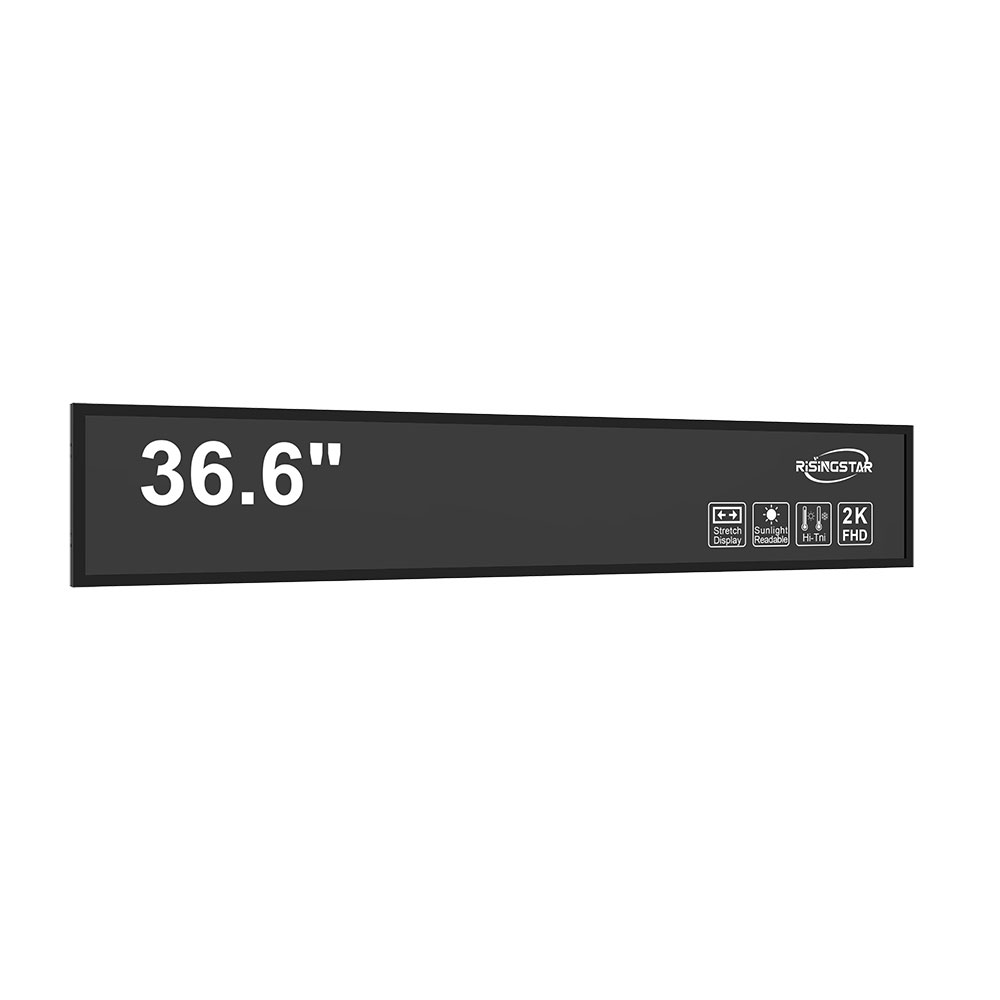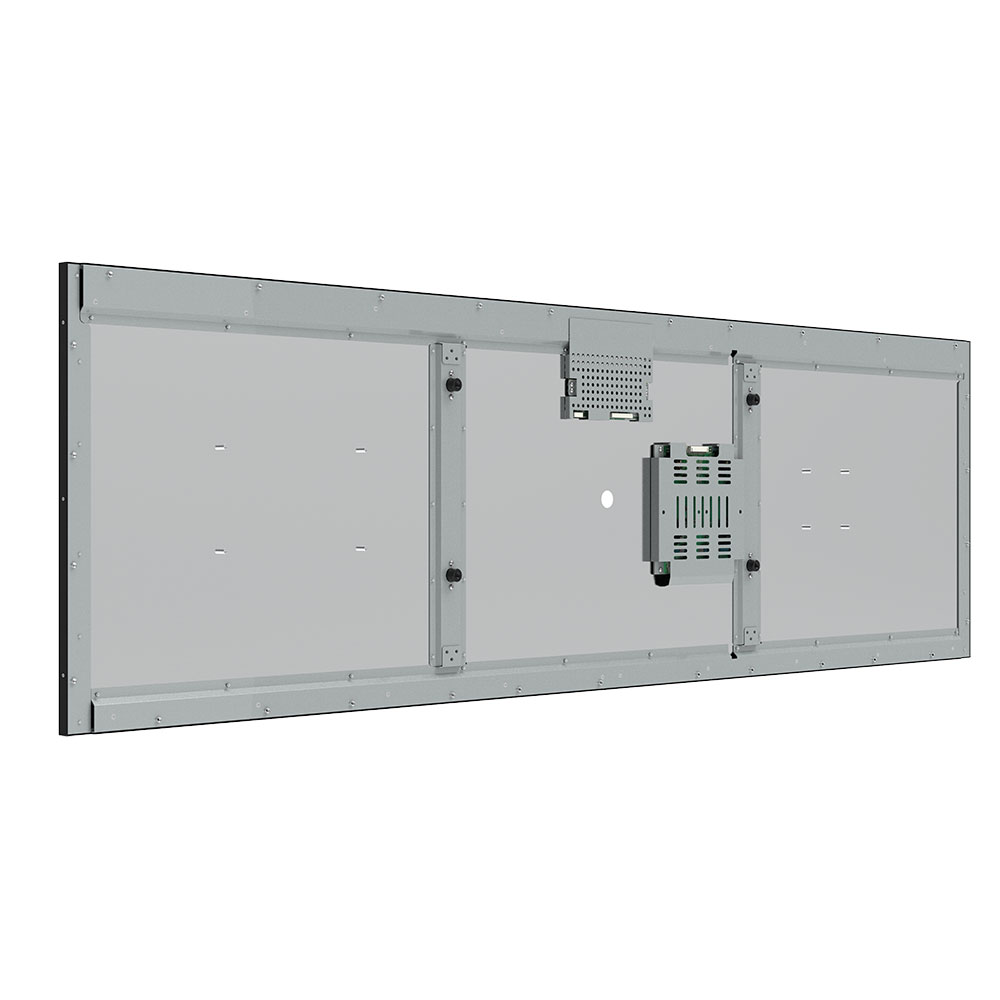
Privacy statement: Your privacy is very important to Us. Our company promises not to disclose your personal information to any external company without your explicit permission.
Choosing the right outdoor LCD screen is a critical decision for businesses aiming to enhance visibility, engagement, and brand presence in public spaces. Whether it’s for advertising, information dissemination, or digital signage in retail, transportation hubs, or industrial sites, the performance of your display directly impacts message clarity and audience interaction.
Introduction
Outdoor LCD screens are no longer just decorative elements—they’re essential tools in modern communication strategies. Unlike indoor displays, outdoor units must endure extreme weather conditions such as direct sunlight, rain, humidity, and temperature fluctuations. As such, selecting a screen that balances brightness, durability, and cost-effectiveness is vital. According to the Society for Information Display (SID), over 70% of outdoor digital signage failures stem from inadequate environmental protection or insufficient luminance levels—not hardware malfunctions alone.

Main Body
The first consideration is brightness, measured in nits. For most sunny environments, a minimum of 5,000 nits is recommended to maintain readability under direct sunlight. High-end commercial screens often exceed 7,000 nits, which is ideal for locations like airport terminals or city centers. Next, evaluate IP rating—typically IP65 or higher—for dust and water resistance. Screens with an IP65 rating can withstand splashing water and dusty conditions, making them suitable for street-level installations.

Another key factor is display technology: LED-backlit LCDs offer better contrast ratios than older CCFL models, while OLED panels provide deeper blacks but may suffer from burn-in under prolonged static content. For long-term use, LCD with local dimming and anti-glare coatings are preferred. Additionally, ensure the unit has automatic ambient light sensing—this feature adjusts brightness dynamically, saving power and extending screen life.
Installation considerations matter too. Rugged aluminum enclosures, sealed connectors, and thermal management systems (like fans or heat sinks) prevent overheating in hot climates. A study by the International Association of Lighting Designers (IALD) found that outdoor screens with integrated thermal regulation had a 40% lower failure rate over five years compared to those without.
Finally, consider content management software compatibility. Professional-grade screens should support remote updates via cloud platforms like BrightSign or Scala, enabling real-time scheduling and performance monitoring across multiple locations.

Conclusion
Selecting the right outdoor LCD screen isn’t just about specs—it’s about matching your environment, budget, and long-term operational goals. By prioritizing brightness, environmental resilience, display quality, and smart features, businesses can deploy reliable, high-impact digital signage that delivers value for years.
Email to this supplier

Privacy statement: Your privacy is very important to Us. Our company promises not to disclose your personal information to any external company without your explicit permission.